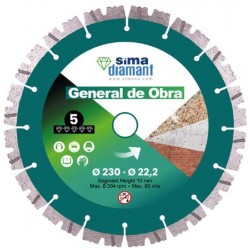

Diamond Blade for Dry Cutting Range: SIMA Diamant
Materials: Brick, Concrete, Granite. Diameter: 115 mm Laser welded segment.


Diamond Blade for Dry Cutting Range: SIMA Diamant
Materials: Brick, Concrete, Granite. Diameter: 115 mm Laser welded segment.
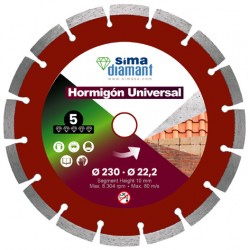

Diamond Blade for Dry Cutting Range: SIMA Diamant
Materials: Brick, Klinker, Roof Tiles, Concrete. Diameter: 115 mm Laser welded segment.
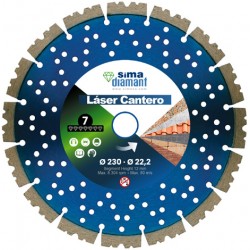

Diamond Blade for Dry Cutting Range: SIMA Diamant
Materials: Brick, Klinker, Roof Tiles, Basalt, Granite, Concrete. Diameter: 115 mm Laser welded segment.
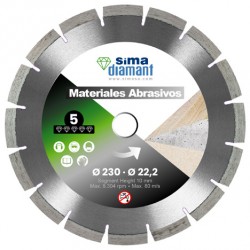

Diamond Blade for Dry Cutting Range: SIMA Diamant
Materials: Sandstone, Concrete, Refractory. Diameter: 115 mm Laser welded segment.
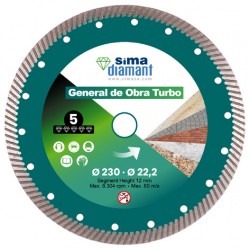

Diamond Blade for Dry Cutting Range: SIMA Diamant
Materials: Brick, Concrete, Granite, Sandstone, Concrete Paving Blocks. Diameter: 115 mm Laser welded segment.
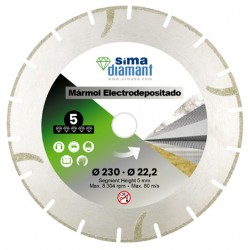

Diamond Blade for Dry Cutting Range: SIMA Diamant
Materials: Marble, PVC, Pexiglas, Plastic Pipe, Polycarbonates, Rockwool. Diameter: 115 mm Laser welded segment.
If one of your projects involves cutting abrasive or fragile materials, your best option is working with a diamond blade. They are generally made of steel with synthetic diamond particles and a metal powder mix, which makes it possible to cut easily through hard materials.
One of the most popular are diamond blades of 115 mm diameter. This diamond blade suits most masonry saws and is recommended when working with relatively small or medium pieces. However, the 115mm diamond blade can be used normally with other materials like porcelain or any ceramic materials, bricks, granite, stone, concrete or wall panels.
But do not forget to read the tag before choosing the diamond blade for your saw. Make sure it suits your project’s requirements. If you have any questions, do not hesitate to contact us.
Generally speaking, our experts ensure that the best way to cut most materials with a 115 mm diamond blade is wet cutting. By using this method, you will prevent your materials from cracking or chipping. Besides, it will extend the diamond blade life, meaning that you will save money and time. Among its advantages, of course, wet cutting helps you to avoid the messy dust particles in the air.
In a few words, using a diamond tile blade will make you make the most of your investment, will make your cuts accurate, and will avoid making a mess of your work environment thanks to the water flow that will prevent the flying particles from being suspended in the air.
If you must dry cutting, there are some factors to take into consideration for your safety, like using a respirator mask and glasses. But when should you dry cut instead of wet cut? If you are using ab electrical power tool or if you are working near an electrical power source, working with a water-flow system could be dangerous.